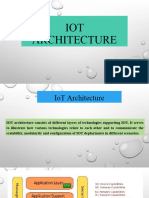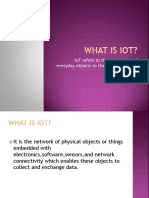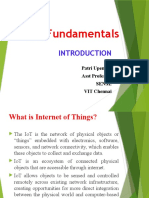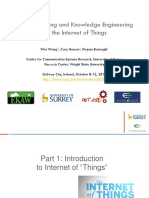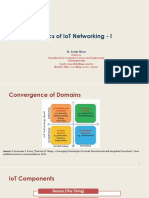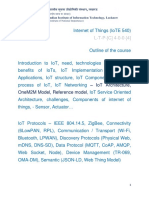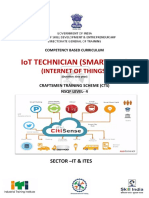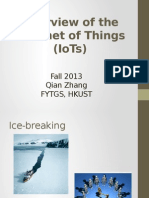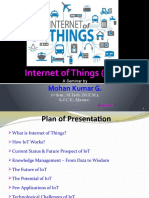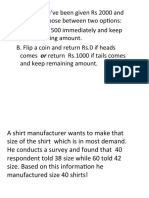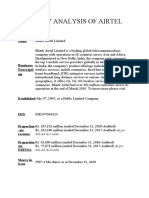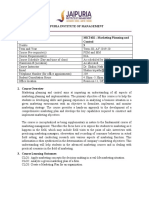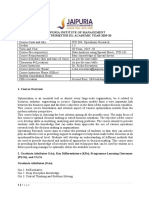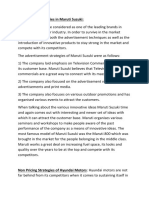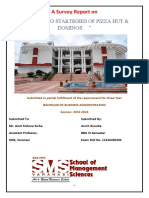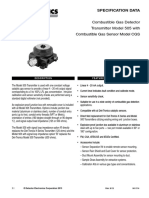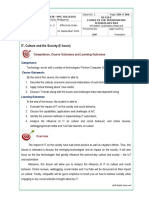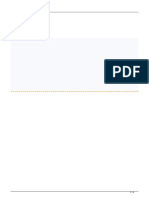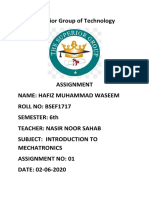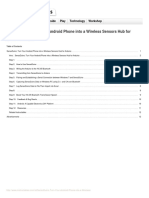100% found this document useful (2 votes)
249 views63 pagesLecture 9 Introduction To IoT
This document discusses transducers, sensors, actuators, and how they relate to IoT sensing. It defines a transducer as a device that converts one type of energy or physical attribute to another, like a microphone converting sound to electrical signals. Sensors are transducers that detect specific physical quantities and convert them to signals. Actuators are devices that convert control signals into mechanical or other movements. The document then provides an overview of how IoT works, with things being addressed and identified, data being collected by sensors and processed, and actuators being controlled based on the data. It discusses current and future applications of IoT like smart homes, cities, grids and more.
Uploaded by
Riya PandeyCopyright
© © All Rights Reserved
We take content rights seriously. If you suspect this is your content, claim it here.
Available Formats
Download as PPTX, PDF, TXT or read online on Scribd
100% found this document useful (2 votes)
249 views63 pagesLecture 9 Introduction To IoT
This document discusses transducers, sensors, actuators, and how they relate to IoT sensing. It defines a transducer as a device that converts one type of energy or physical attribute to another, like a microphone converting sound to electrical signals. Sensors are transducers that detect specific physical quantities and convert them to signals. Actuators are devices that convert control signals into mechanical or other movements. The document then provides an overview of how IoT works, with things being addressed and identified, data being collected by sensors and processed, and actuators being controlled based on the data. It discusses current and future applications of IoT like smart homes, cities, grids and more.
Uploaded by
Riya PandeyCopyright
© © All Rights Reserved
We take content rights seriously. If you suspect this is your content, claim it here.
Available Formats
Download as PPTX, PDF, TXT or read online on Scribd
/ 63

